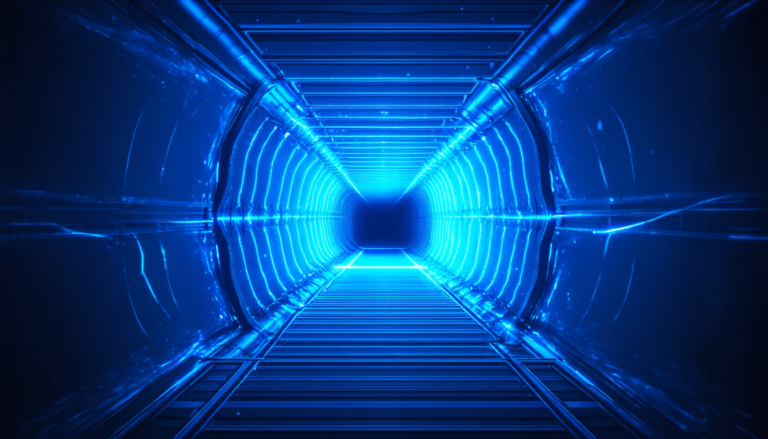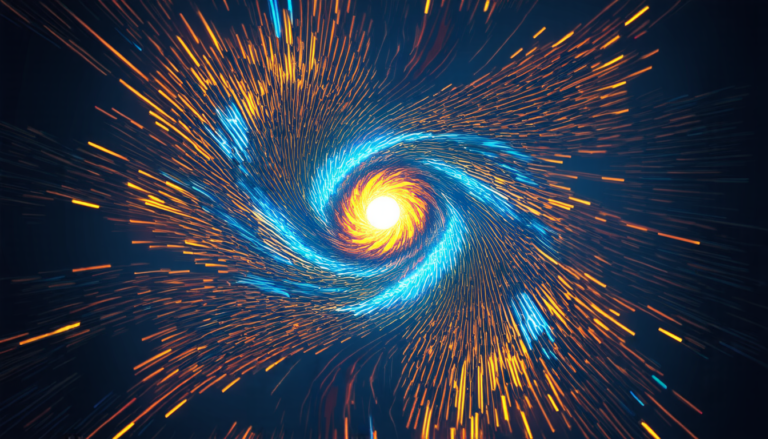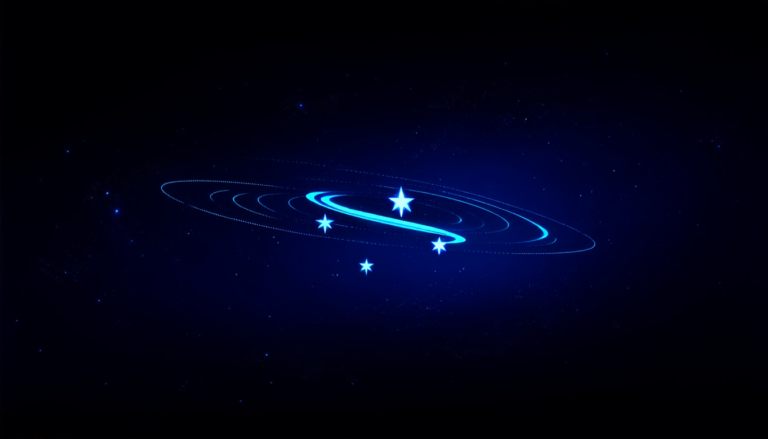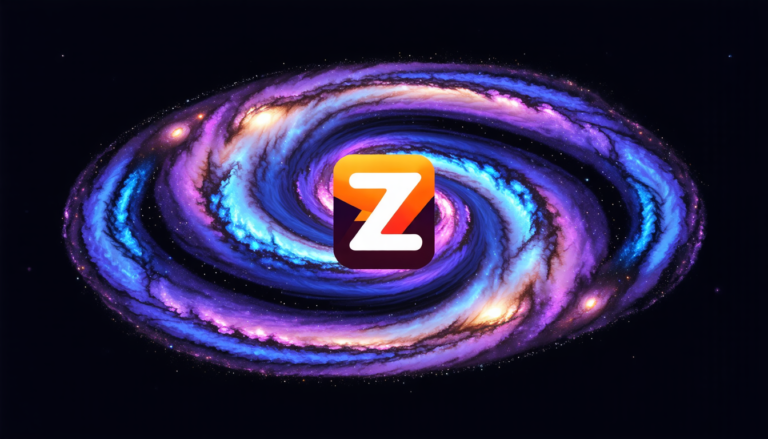Wednesday 06 August 2025
The quest for precise stellar characterization has led scientists to a surprising discovery: magnetic activity, once thought to be a minor nuisance in asteroseismic modeling, is actually a significant player in determining the properties of solar-like stars.
For years, researchers have been using frequency separation ratios to suppress surface effects and refine their models. These ratios are meant to cancel out the noise caused by changes in the star’s radius or luminosity, allowing scientists to focus on the underlying physical processes at play. However, a new study suggests that these ratios may not be as effective as previously thought.
By analyzing data from the GOLF and BiSON networks, which monitor the Sun’s oscillations, researchers found that frequency separation ratios do not adequately suppress magnetic activity effects. In fact, the study reveals that both r01 and r02 ratios exhibit a clear signature of the magnetic activity cycle, indicating that magnetic fields are having a profound impact on the star’s oscillations.
But what exactly does this mean? Magnetic activity is known to cause changes in a star’s rotation rate, radius, and luminosity, all of which can affect its oscillation patterns. By accounting for these effects, researchers may be able to improve their models and gain a better understanding of stellar evolution.
The study’s findings have significant implications for future space-based missions like PLATO, CubeSpec, and Roman, which aim to characterize the properties of thousands of stars using asteroseismology. If magnetic activity is not properly accounted for, these missions may be plagued by systematic errors that could compromise their results.
One potential solution is to use more advanced models that incorporate the effects of magnetic activity. These models would need to account for the complex interactions between the star’s magnetic field and its internal dynamics, a challenging task indeed.
The discovery also highlights the importance of continued monitoring of solar-like stars using networks like GOLF and BiSON. By collecting more data over longer periods, researchers can refine their understanding of magnetic activity and its impact on stellar oscillations.
Ultimately, this study serves as a reminder that even seemingly minor effects can have significant consequences in the quest for precise stellar characterization. As scientists continue to push the boundaries of what is possible with asteroseismology, they must remain vigilant for these subtleties and adapt their methods accordingly.
Cite this article: “Magnetic Activity’s Surprising Impact on Stellar Characterization”, The Science Archive, 2025.
Magnetic Activity, Asteroseismology, Stellar Characterization, Solar-Like Stars, Frequency Separation Ratios, Golf Network, Bison Network, Plato Mission, Cubespec Mission, Roman Mission







